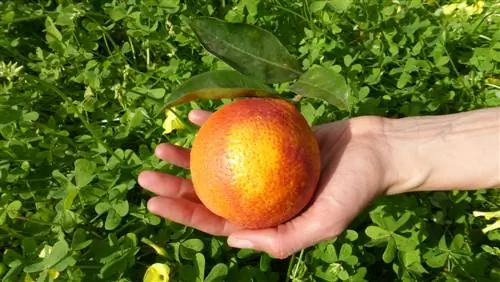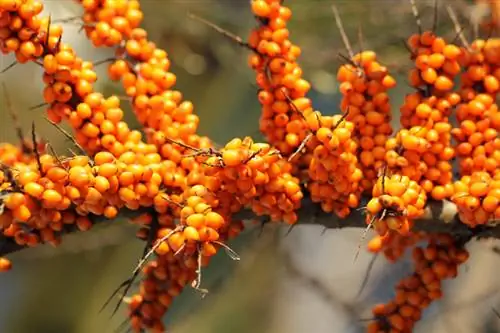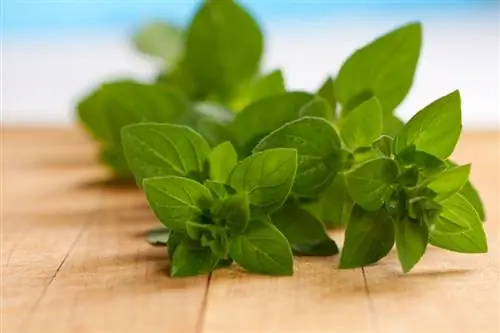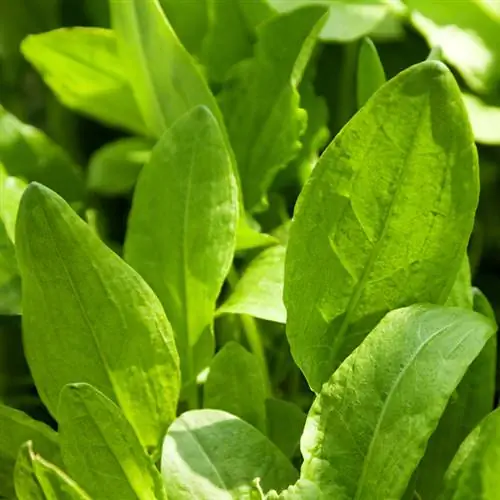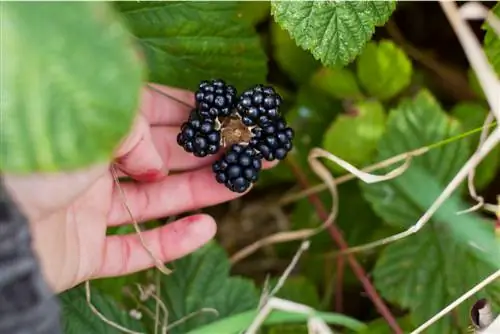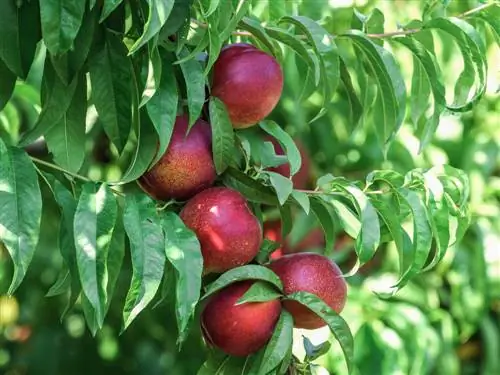- Author admin [email protected].
- Public 2023-12-16 16:46.
- Last modified 2025-01-23 11:22.
Blood oranges represent a group of oranges that are distinguished by their color. The varieties come from the original species Citrus sinensis and have special requirements for the environmental conditions. Some tricks are necessary for fruit to develop.

When is blood orange season?
Blood orange season extends from December to March, with peak flowering beginning in spring and discoloration beginning as nighttime temperatures drop. Typical growing areas are Andalusia and Sicily.
Garden season
Blood orange trees bloom mainly in spring, although the first flowers can appear as early as February. The self-pollinators develop an orange from each flower, which remains green and grows throughout the summer. Under optimal conditions, rebloom occurs in late summer so that a tree can bear flowers and fruit. The discoloration begins once the blood oranges reach full size and nighttime temperatures drop. Therefore, the harvest season extends from December to March.
Where blood oranges come from
Typical growing areas are in Andalusia and Sicily. Around Mount Etna, the temperature conditions are ideal for the ripening of the fruit. The varieties require a mix of warm temperatures and nighttime conditions around freezing point.
This is what blood oranges value:
- mild climate with lots of warmth
- about 15 degrees during the day and around two degrees at night
- intense sunlight
Varieties
The climatic situation in the growing areas causes blood oranges to turn red. The pigment anthocyanin, which forms in the peel and pulp, is responsible for the red color. The more optimal the environmental conditions are, the more intense the color play is. In supermarkets you can often find half-blood oranges, where the outer shell appears orange and the inside appears red. Whole blood oranges are characterized by a consistent red color.
Half-Blood Oranges
These breeding forms are more suitable for home cultivation than full-blooded varieties. 'Tarocco' is a large-fruited variety with irregular growth. The fruits taste aromatically sweet. The acidity decreases as the fruit ripens. 'Washington Sanguine' has a sweet and sour taste. The breeding develops citrus fruits with few seeds and remains small, so that they thrive well in containers.
Whole Blood Oranges
'Sanguinelli' is a Spanish variety whose orange fruits are sweet, intensely red and particularly juicy. Even small trees develop early blood oranges that contain hardly any seeds. 'Moro' has oranges in its rounded crown that ripen early and have dark red to purple flesh. To ensure that the pigmentation is intense, culture in the winter garden is recommended. This should allow cool temperatures at night.
Promote fruit ripening
As a container plant, the blood orange tree requires year-round watering, although the substrate is allowed to dry down to the lower layers before each watering. From May to August, the tree enjoys weekly administration of nutrients. Iron, zinc and magnesium are vital trace elements.
Wintering
The right winter quarters are crucial for fruit ripening. It should ensure cool and bright conditions. Greenhouses, cold winter gardens, sheds or winter tents are ideal as long as they remain frost-free and offer minimum temperatures of two to five degrees. The plant can be grown here from mid-November to mid-April.

